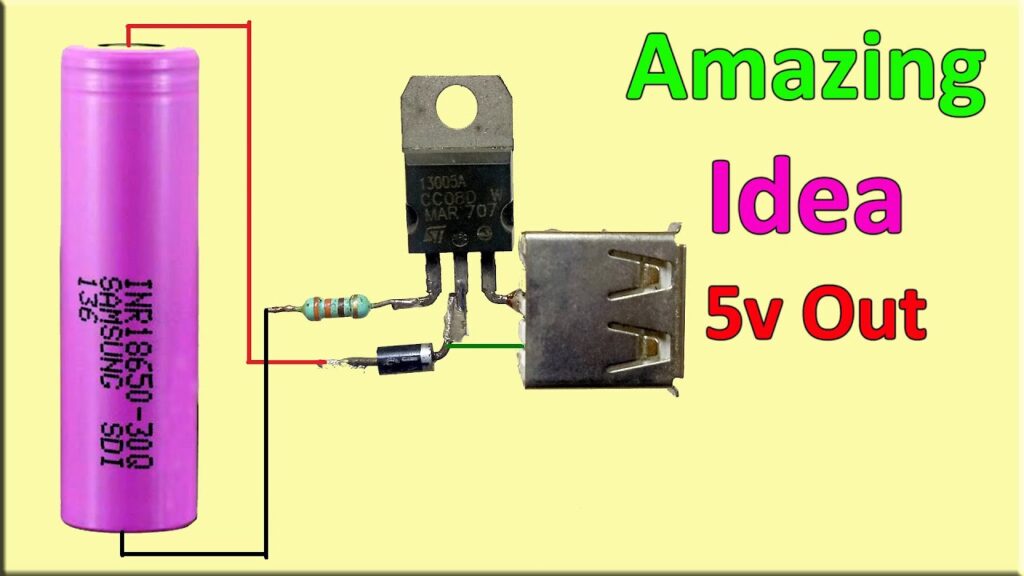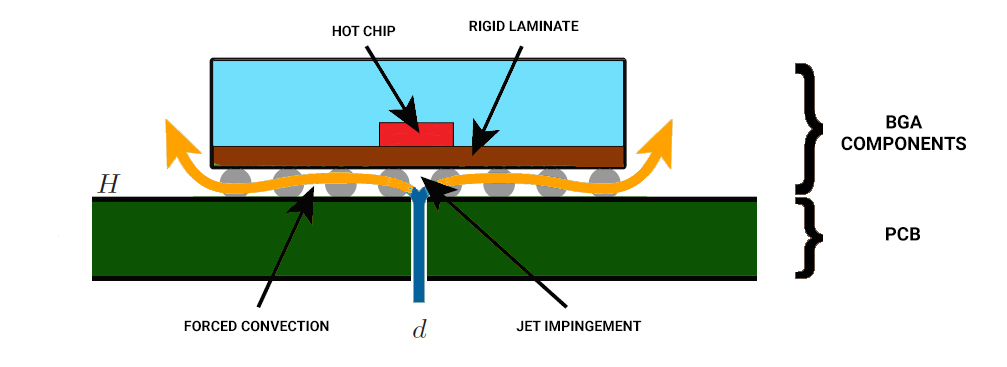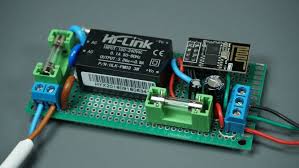How to step up 3.7V to 5V for battery circuits?
Have you ever needed to power a 5V circuit but only had a 3.7V battery available? If so, you’re in luck! In this article, we will discuss how to step up a 3.7V battery to 5V for your circuit. This process is crucial for many electronics projects, especially when dealing with low-power devices such as Arduino boards or Raspberry Pis.
There are several ways to step up a 3.7V battery to 5V, but one of the most common methods is to use a boost converter. A boost converter is a type of DC-DC converter that steps up voltage levels efficiently. It works by storing energy in an inductor when the input voltage is high and releasing that energy to the output when the voltage needs to be increased.
One popular boost converter chip that is widely used for stepping up 3.7V to 5V is the MT3608. This chip is inexpensive, readily available, and easy to use. It can handle input voltages as low as 2V and output voltages up to 28V, making it ideal for stepping up a 3.7V battery to 5V.
When using the MT3608 chip, you will need to connect the input voltage (3.7V) to pin 1 of the chip, the ground to pin 2, and the output voltage (5V) to pin 3. Additionally, you will need to add an inductor and a capacitor to complete the circuit. The datasheet for the MT3608 chip provides a recommended circuit diagram for this setup.
It is important to note that while boost converters are efficient at stepping up voltage levels, they do introduce some noise and ripple to the output voltage. To reduce this noise, you can add additional capacitors and inductors to the circuit, as well as use proper grounding techniques. This will help ensure a clean and stable 5V output for your circuit.
Another method for stepping up 3.7V to 5V is to use a charge pump. A charge pump is a type of DC-DC converter that uses capacitors to store and transfer energy, rather than inductors. While charge pumps are less efficient than boost converters, they are simpler and cheaper to implement. They are ideal for low-power applications where efficiency is not a major concern.
One popular charge pump chip for stepping up 3.7V to 5V is the LTC3200. This chip is small, low cost, and easy to use. It requires only a few external components, making it a great option for simple circuits that require a 5V output. The datasheet for the LTC3200 chip provides a recommended circuit diagram for this setup.
When using a charge pump like the LTC3200, you will need to connect the input voltage (3.7V) to the VIN pin of the chip and the ground to the GND pin. The chip will then step up the voltage to 5V and provide a clean output voltage for your circuit. Keep in mind that charge pumps are less efficient than boost converters, so they may not be suitable for high-power applications.
In conclusion, stepping up a 3.7V battery to 5V for your circuit is an important task that can be achieved using either a boost converter or a charge pump. Both methods have their pros and cons, so it is essential to choose the right one based on your specific requirements. Whether you opt for the efficiency of a boost converter or the simplicity of a charge pump, make sure to follow the recommended circuit diagrams and guidelines to ensure a stable and reliable 5V output for your electronics projects.
How to step up 3.7V to 5V for battery circuits?
Have you ever needed to power a 5V circuit but only had a 3.7V battery available? If so, you’re in luck! In this article, we will discuss how to step up a 3.7V battery to 5V for your circuit. This process is crucial for many electronics projects, especially when dealing with low-power devices such as Arduino boards or Raspberry Pis.
There are several ways to step up a 3.7V battery to 5V, but one of the most common methods is to use a boost converter. A boost converter is a type of DC-DC converter that steps up voltage levels efficiently. It works by storing energy in an inductor when the input voltage is high and releasing that energy to the output when the voltage needs to be increased.
One popular boost converter chip that is widely used for stepping up 3.7V to 5V is the MT3608. This chip is inexpensive, readily available, and easy to use. It can handle input voltages as low as 2V and output voltages up to 28V, making it ideal for stepping up a 3.7V battery to 5V.
When using the MT3608 chip, you will need to connect the input voltage (3.7V) to pin 1 of the chip, the ground to pin 2, and the output voltage (5V) to pin 3. Additionally, you will need to add an inductor and a capacitor to complete the circuit. The datasheet for the MT3608 chip provides a recommended circuit diagram for this setup.
It is important to note that while boost converters are efficient at stepping up voltage levels, they do introduce some noise and ripple to the output voltage. To reduce this noise, you can add additional capacitors and inductors to the circuit, as well as use proper grounding techniques. This will help ensure a clean and stable 5V output for your circuit.
Another method for stepping up 3.7V to 5V is to use a charge pump. A charge pump is a type of DC-DC converter that uses capacitors to store and transfer energy, rather than inductors. While charge pumps are less efficient than boost converters, they are simpler and cheaper to implement. They are ideal for low-power applications where efficiency is not a major concern.
One popular charge pump chip for stepping up 3.7V to 5V is the LTC3200. This chip is small, low cost, and easy to use. It requires only a few external components, making it a great option for simple circuits that require a 5V output. The datasheet for the LTC3200 chip provides a recommended circuit diagram for this setup.
When using a charge pump like the LTC3200, you will need to connect the input voltage (3.7V) to the VIN pin of the chip and the ground to the GND pin. The chip will then step up the voltage to 5V and provide a clean output voltage for your circuit. Keep in mind that charge pumps are less efficient than boost converters, so they may not be suitable for high-power applications.
In conclusion, stepping up a 3.7V battery to 5V for your circuit is an important task that can be achieved using either a boost converter or a charge pump. Both methods have their pros and cons, so it is essential to choose the right one based on your specific requirements. Whether you opt for the efficiency of a boost converter or the simplicity of a charge pump, make sure to follow the recommended circuit diagrams and guidelines to ensure a stable and reliable 5V output for your electronics projects.



